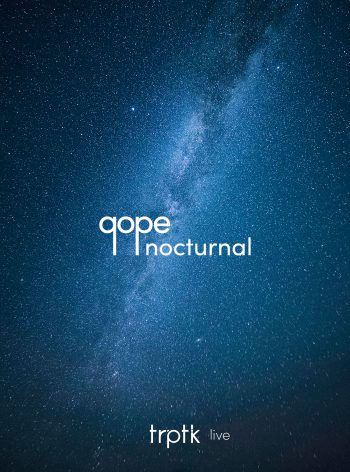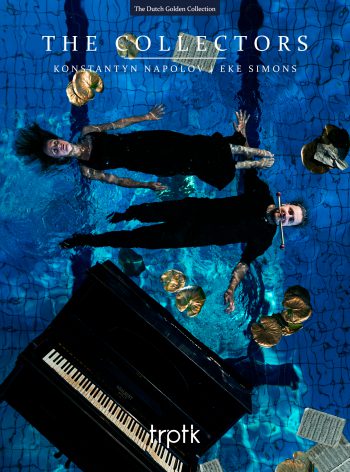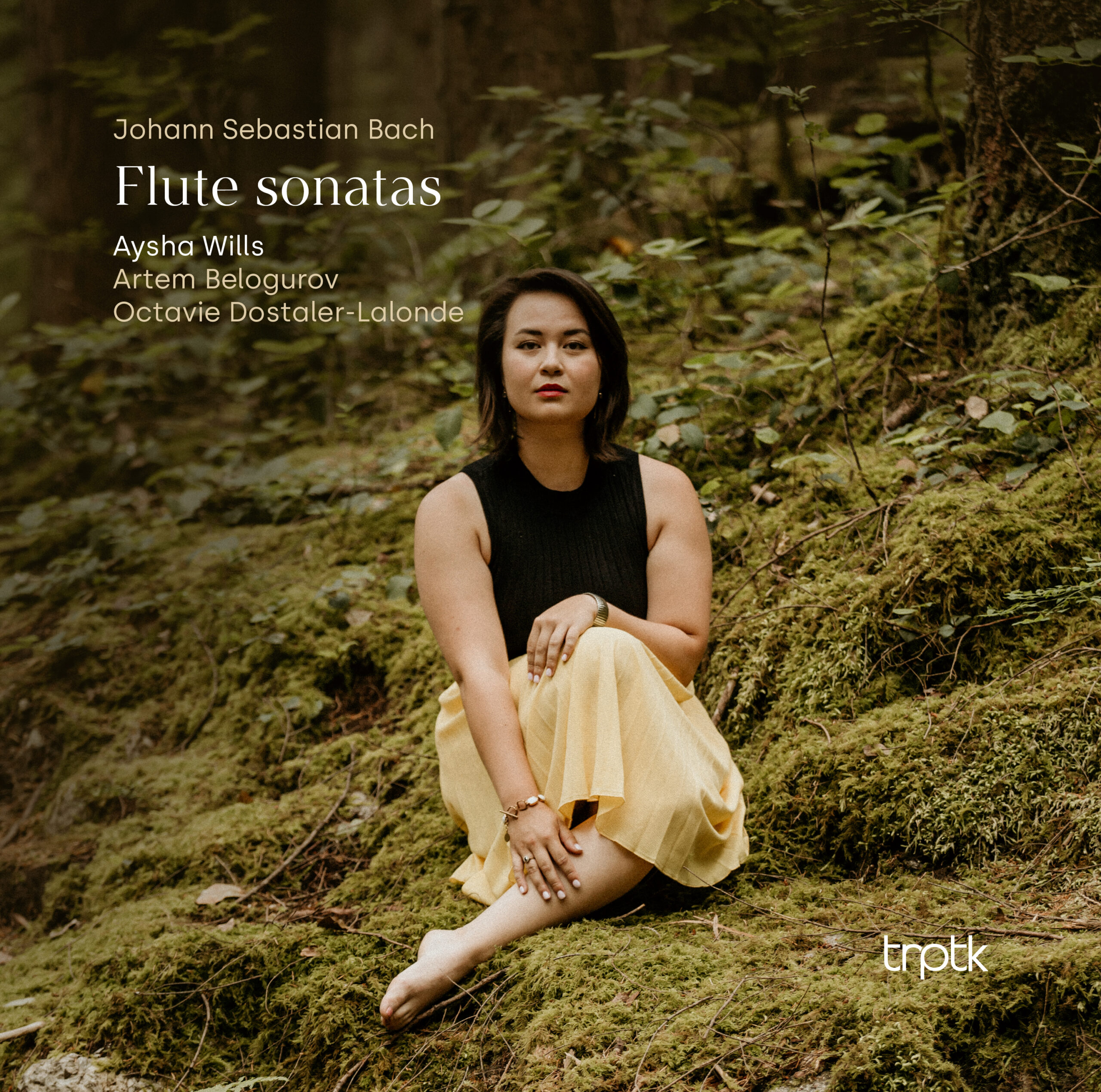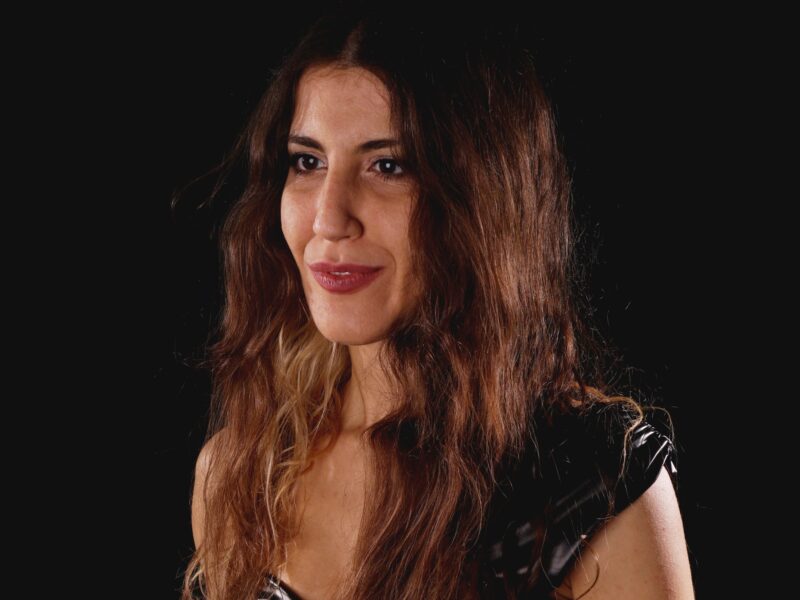My love affair with the music of J.S. Bach began early and shows no sign of abating. Some of my earliest musical memories are of falling asleep to the Goldberg Variations (played by the great Canadian Glenn Gould, in perfect bookends to a remarkable life, and long before I had heard of ‘early music’), a piece which still receives copious airtime in my home.
|
|
This title is available as:
About the album
Why Bach?
Any time I have been asked what I want to play for my first solo recording, I have felt torn. From an early age and throughout my career, I’ve loved unearthing and programming lesser-known repertoire. What could be more satisfying than ‘rediscovering’ something beautiful, but largely forgotten, and being able to give it a new life? To bring it to a new audience?
When it came time to make the hard choices for the content of this disc, however, I found myself equivocating: Is the music strong enough? Will it bring joy to both the listener and myself? Can I create a program that makes sense both musically and logically and stands as a unified statement? In other words: Can it be complete?
In the end, it came down to a simple calculation: I could do all that – or I could just record Bach…
My love affair with the music of J.S. Bach began early and shows no sign of abating. Some of my earliest musical memories are of falling asleep to the Goldberg Variations (played by the great Canadian Glenn Gould, in perfect bookends to a remarkable life, and long before I had heard of ‘early music’), a piece which still receives copious airtime in my home.
In the early years of my musical studies, I well remember tackling isolated movements from the flute sonatas and being awestruck at the totality and complexity of the music; the way a simple line in the melody could be so enchanting and memorable, but if you paid really close attention to the bass (something I learned during one of my very first masterclasses with my mentor Marten Root), you would notice that Bach would take that enchanting melody and echo it, or turn it on its head, or invert it, or play with it in any number of astounding ways. If you listened really closely, you could hear that Bach must have loved that melody – and that was the most important thing of all. Like Vivaldi, who was much admired by Bach, the man knew a good hook when he heard one and he was not shy about extracting the maximum mileage from them.
When I moved to the Netherlands in 2011, I was somewhat taken aback to learn that every Easter the entire country goes Bach wild. Every orchestra and choir performs the St. Matthew’s Passion. For the uninitiated, I am not referring to only professional ensembles. No. Everyone. If you play an orchestral instrument or sing-no matter your level- there’s a good chance you’ll have a passion or two each Easter season.
I was 17 when I moved to Amsterdam to continue my early music studies with Marten that year and in 2012 I was thrown in at the deep end. I was recruited to play in my first St. Matthew’s Passion and I have done so almost every year since. It was a revelation. I had known Bach mostly as a composer of instrumental works, but this was a whole new ballgame. I was confronted with the fact that Bach was not merely a monumental composer, but one capable of writing a three hour long vocal work in a language I did not understand, but which set my teenaged brain alight! I was a 17-year-old early music nerd in training, but patience and professionalism were still foreign lands to me. The trial by fire of the Passion gifted me these qualities. I have now played it over 40 times, but I know many musicians who have undoubtedly crossed the 400 mark at this point. The chances are good that it will be the last thing I play before I can play no longer.
In 2017, I presented my master’s thesis on interpreting Bach’s solo flute partita, for which I created a version of the work with a harpsichord accompaniment (no compositional masterpiece, but a valuable learning experience nonetheless) and a research component. It was during this research process that I learned about Pierre Gabriel Buffardin, a French flutist and contemporary of Bach who was the most revered soloist of his time. Bach wrote many of his more complex orchestral parts for him, and we know that the partita (titled originally ‘Solo Pour la Flute Traversiere’) was almost certainly written with him in mind.
When I was preparing for this recording, I hearkened back to my research into Buffardin and realized that his approach to music and flute playing must have been quite cosmopolitan. The one surviving flute built by Buffardin has both German and French qualities, and whilst he was famed for having extremely impressive and quick technique, his flute testifies that he wanted not mere volume and power, but also the ability to play delicately and tenderly. This fusion of Germanic and French tendencies is perfect for these sonatas, which reveal not only how quickly and accurately one can play, but also how beautifully and subtly.
These four sonatas, often referred to as the ‘authentic’ sonatas, as we know with certainty that J.S. Bach penned them, are the cornerstone of my musical career. From my very earliest lessons, during which I would endlessly complain about having to play slow movements on my modern flute, to every graduation recital I played, to my adventures with Postscript and finally to this, my first solo effort, Bach’s music has been one of the few constants in my life. I have found a thousand reasons to avoid recording these sonatas (“I’m not good enough yet!”, “Everyone’s done them”, “Nobody needs to hear another version of these sonatas”, “What would make mine so special?”), but I have finally run out of excuses. This is my white whale. I hope my aim is true.
Why Bach? Well, why not?
Tracklist click to play/pause
-
Johann Sebastian Bach
Sonata in B minor, BWV 1030
-
I. Andante
8:028:02
-
II. Largo e dolce
3:353:35
-
III. Presto
5:315:31
-
-
Johann Sebastian Bach
Sonata in E major, BWV 1035
-
I. Adagio ma non tanto
2:272:27
-
II. Allegro
3:063:06
-
III. Siciliano
3:173:17
-
IV. Allegro assai
3:053:05
-
-
Johann Sebastian Bach
Sonata in A major, BWV 1032
-
I. Vivace
5:375:37
-
II. Largo e dolce
2:482:48
-
III. Allegro
4:314:31
-
-
Johann Sebastian Bach
Sonata in E minor, BWV 1034
-
I. Adagio ma non tanto
2:562:56
-
II. Allegro
2:442:44
-
III. Andante
3:503:50
-
IV. Allegro
4:514:51
-
More information
| Weight | 100 g |
|---|---|
| Dimensions | 142 × 125 × 10 mm |
| Label | TRPTK |
| Genre(s) | Classical – Baroque (1600-1750) |
| Artist(s) | Artem Belogurov Aysha Wills Octavie Dostaler-Lalonde |
| Composer(s) | Bach, Johann Sebastian |
| Recording location(s) | Waalse Kerk, Amsterdam (NL) |
| Recording date(s) | June 2022 |
| Cat. No. | TTK 0092 |
|---|---|
| Release date |
September 30th, 2022 |
| Additional links |
"As is this case with almost all TRPTK releases, the sound quality captured by Brendon Heinst is outstanding. With excellent balance between flute and keyboard, the lovely airy acoustics of Waalse Kerk, Amsterdam (NL), and supreme care in the selection of microphones and ancillary equipment, Brendon gives us a recording of great clarity and timbral accuracy that is a pure joy to hear."
Rushton Paul, Positive Feedback
""[Aysha Wills] opted for four works by Bach for traverso (...), of which numerous recordings already exist. She need have no regrets, because the way this famous music comes to life is among the absolute best. First of all, there is the craftsmanship, combined with the loving movement that these sonatas so need. Harpsichordist Artem Belogurov and cellist Octavie Dostaler-Lalonde seamlessly add their playing (and their beautiful instruments!) to the exciting interpretation, with which Wills convincingly approaches Bach's notes.""
Gert-Jan Oosterom, Reformatorisch Dagblad
"Recorded in Amsterdam's Waalse Kerk earlier this year, the recording exemplifies all of the pristine clarity for which TRPTK's become known, and at fifty-six minutes the release is effectively timed too. Throughout the release, the performers' connection to the sonatas comes through in the conviction of their performances and deep engagement with the material. Not a moment's wasted, and the performances never fail to stimulate. In liner notes for the release, Wills writes, “Why Bach? Well, why not?” Why not, indeed."
Ron Schepper, Textura
"A debut that certainly ranks high thanks to her technical vocabulary (which includes breathing technique!) and the musicality she brings to this music, with harpsichordist Artem Belogurov and cellist Octavie Dostaler-Lalonde as like-minded partners. (...) The recording made by Brendon Heinst is a true jewel: clear as crystal and with a particularly fine "punch"."
Aart van der Wal, Opus Klassiek
"Wills’ and Belogurov’s playing creates an engaging atmosphere of an aria-like quality and the zesty ebullience given to final movement presto is especially pleasing."
Michael Cookson, MusicWeb International
"Strange as it may be to begin with TRPTK's engineering, this is what first impresses the ears. Recorded in Amsterdam's Walloon Church, there is a striking sense of characterful space and sonority around Wills, keyboardist Artem Belogurov and, for the Sonata in E minor, cellist Octavie Dostaler-Lalonde. There is also tremendous clarity, as though you could almost touch the instruments' respective timbres. Yet there's subtlety in the capturing, too — it never tips from engaging to overwhelming."
Charlotte Gardner, Gramophone
Related products
-

Impasse
Guillaume Meral
CD
€ 7,50 | TTK0013 -

Remgewogen
Martin van Hees
CD
€ 7,50 | TTK0030 -

Nocturnal
QOPE
CD
€ 7,50 | TTK0024 -

The Zoo
Merel Vercammen
2-CD
€ 9,00 | TTK0042 -

The Collectors
Konstantyn Napolov
Eke SimonsCD
€ 7,50 | TTK0027 -

A Fearful Fairy Tale
Helena Basilova
CD
€ 7,50 | TTK0041





